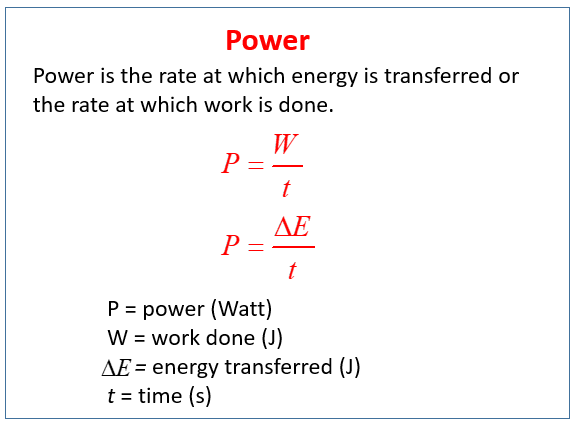

What is the potential energy stored in the body?.A crane is used to lift a body of mass 30kg through a vertical distance of 5.0m.The frictional force between the box and the inclined plane.This is because of the frictional force between the body and the inclined plane. Workdone in pushing the body along the inclined plane is greater than the workdone when lifting the body vertically upwards.

Compare your answer in (b) and (c) above.
Workdone, if the box is lifted vertically upwards. If the track is inclined at an angle of 200, calculate: A box of mass 30kg is pushed up an inclined plane of length 14m using a force of 130N as shown below:. The body moves a horizontal distance of 7m. Below is the energy transformation in a hydroelectric power station:. Alternative statement: the sum of kinetic energy and potential energy of a system is a constant. The law states: energy can neither be created nor destroyed but can be transformed from one form to another. Hence the elastic potential energy is given by As can be recalled from Hooke’s law, the workdone in stretching or compressing an elastic material is given by This is because it possesses a type of potential energy known as elastic potential energy. Also, a stretched or compressed material is able to regain its original shape when released. P.Eg =mgh, where m- mass of the body, g- gravitational field strength and h- height above the ground. A body in a raised position possesses gravitational potential energy given by. Potential energy on the other hand is a form of stored energy in a body when it is in a particular state or position. Suppose a body of mass m is moving with a constant velocity v, then its kinetic energy is given by Kinetic energy is the energy possessed by a body in motion. It is divided into two areas namely kinetic energy and potential energy. In this topic, we will look at mechanical energy. Energy exists in many forms such as mechanical, chemical, heat and electrical energy amongst others. Non-renewable energy- their supplies are exhaustible i.e. Their supplies are inexhaustible e.g solar, geothermal, wind energy. Renewable energy- can be reused again and again. Energy resources may be grouped into two:. The most common sources of energy include the sun, wind, geothermal, waterfalls, nuclear or atomic energy, fuels etc. Has no mass nor any other physical property. Energy has the following characteristics:. Anything that possesses energy is capable of doing work. Energy on the other hand is the ability or capacity to do work. Other multiples of the joule include kilojoule(kJ) and megajoule(MJ). 

A joule is defined as the workdone by a force of one newton to displace a body through one metre in the direction of the force.The SI Unit of work is newton-metre (Nm).Work is the product of force and displacement in the direction of the force.When a force acting on a body displaces the body in the direction of the force work is said to have been done.QuestionĪ hair dryer transfers 48,000 J of energy in one minute. Since twice as much energy is transferred by motor one each second, it is possible to say that motor one is twice as powerful as motor two. Two electric motors are used to lift a 2 N weight through a vertical height of 10 m. This means that for every extra joule that is transferred per second, the power increases by one watt. One watt is equal to one joule per second (J/s). work done ( W ) is measured in joules (J).So the more powerful a device is, the more energy it will transfer each second. The rate at which this energy is transferred is called power. When work is done on an object, energy is transferred.








 0 kommentar(er)
0 kommentar(er)
